Chinese Hanfu has a long history and has gone through several dynasties over thousands of years of development, during which time it has evolved and many representative Hanfu styles have emerged, learn more about them together through the exquisite illustrations from Jin Li Qing Nian.
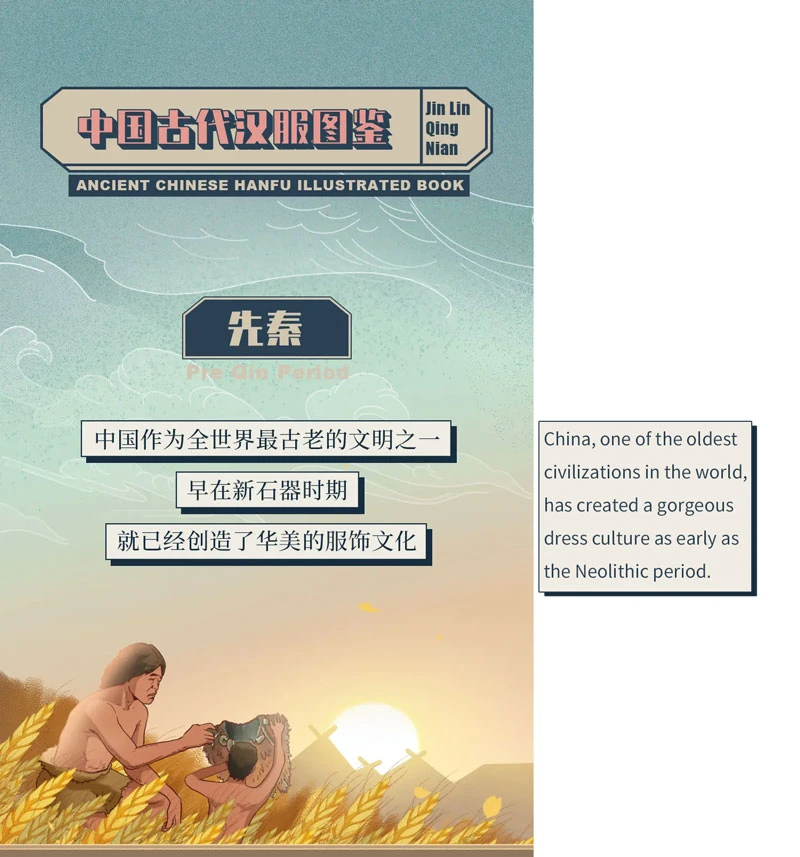
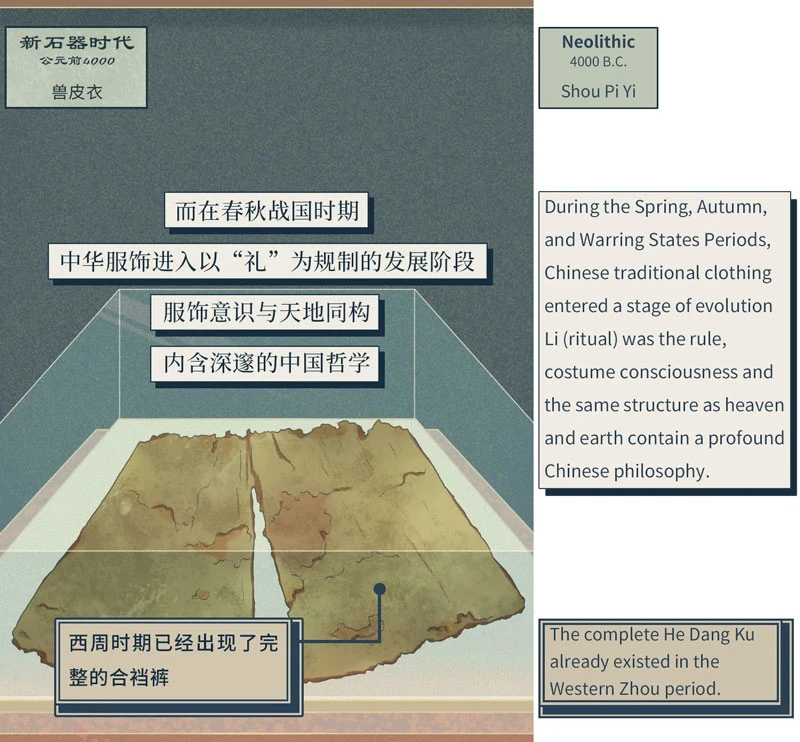
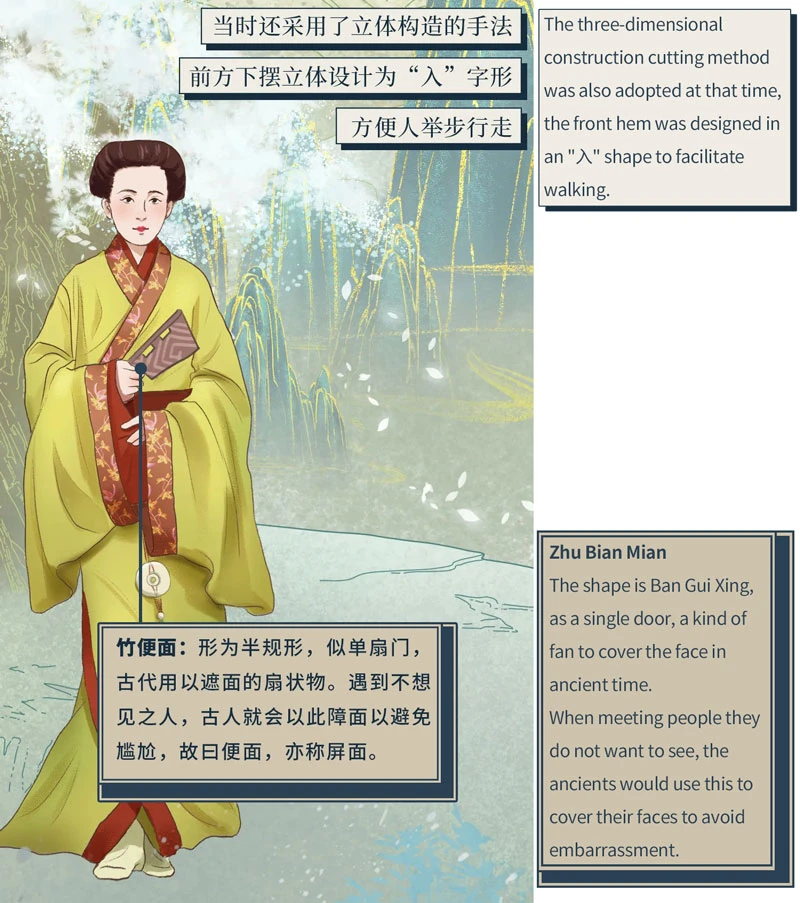
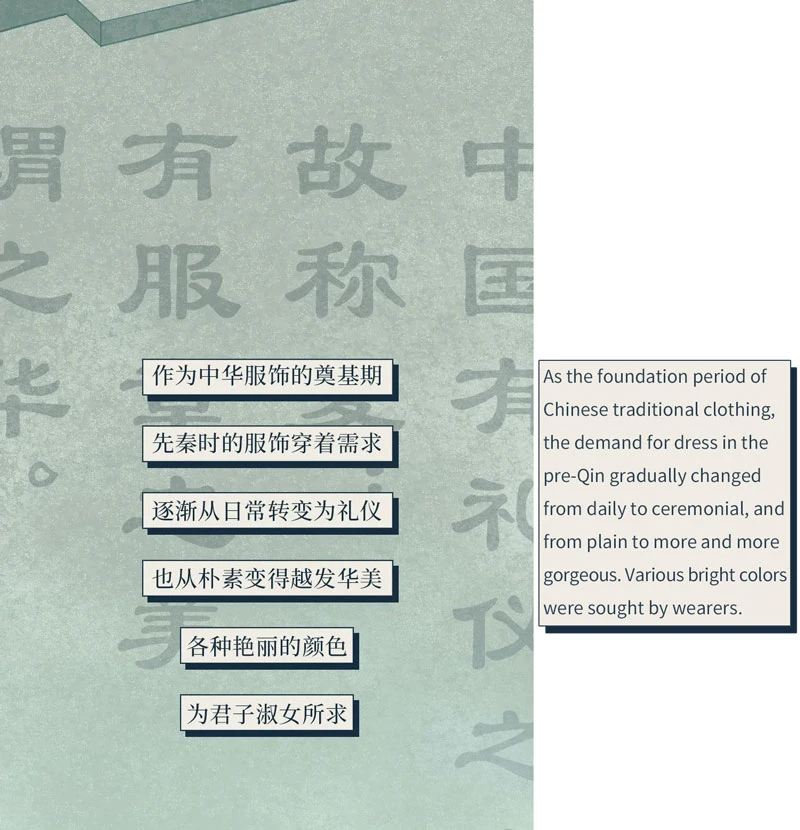
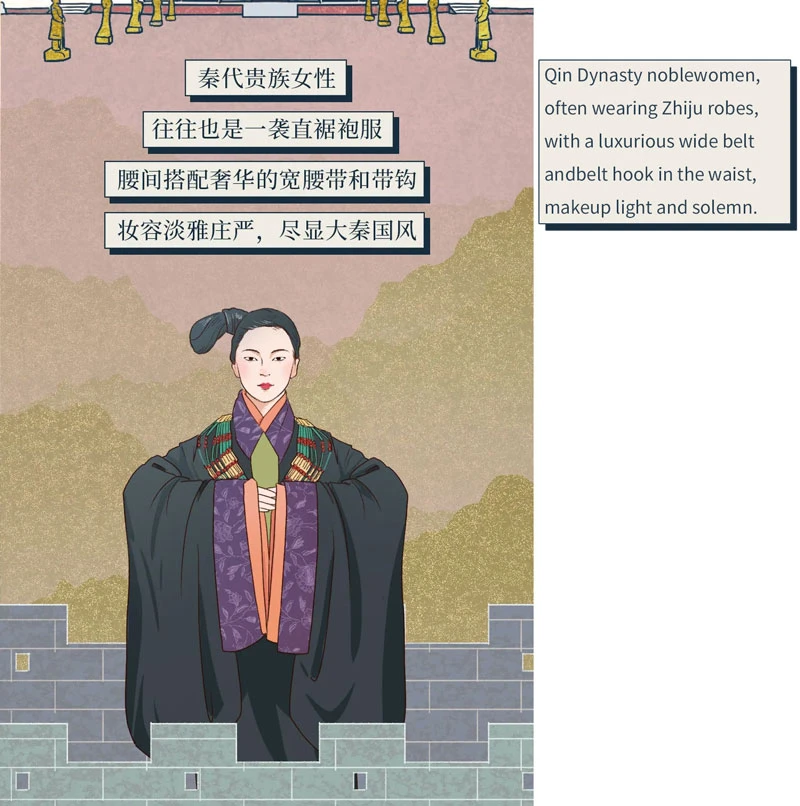
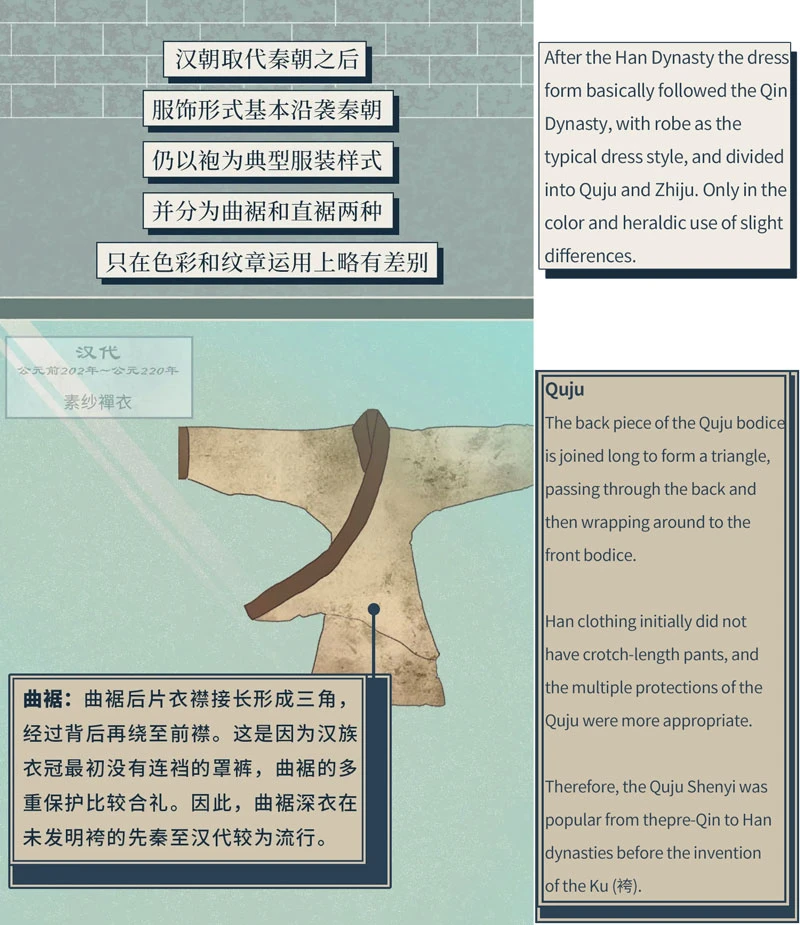
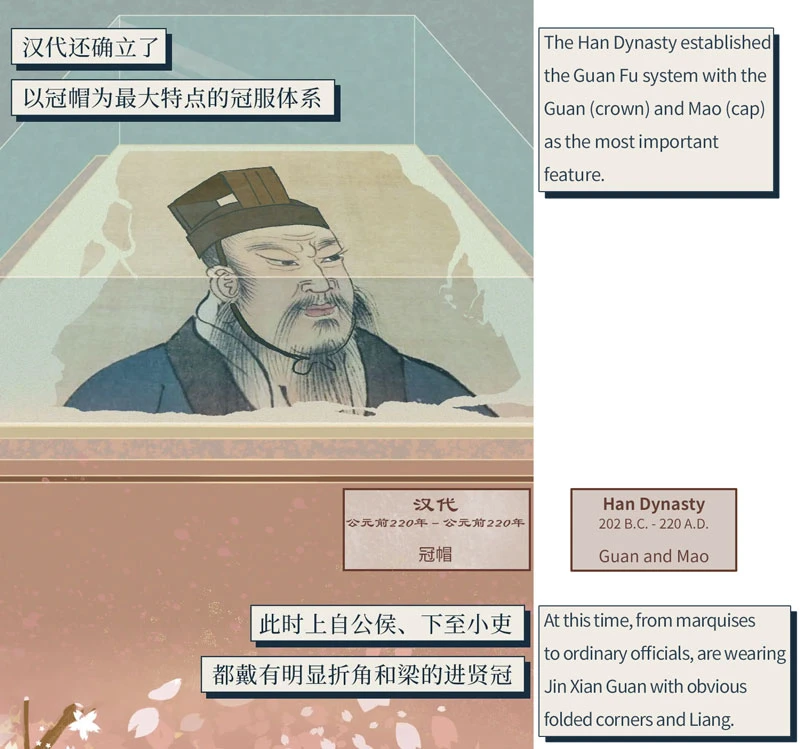
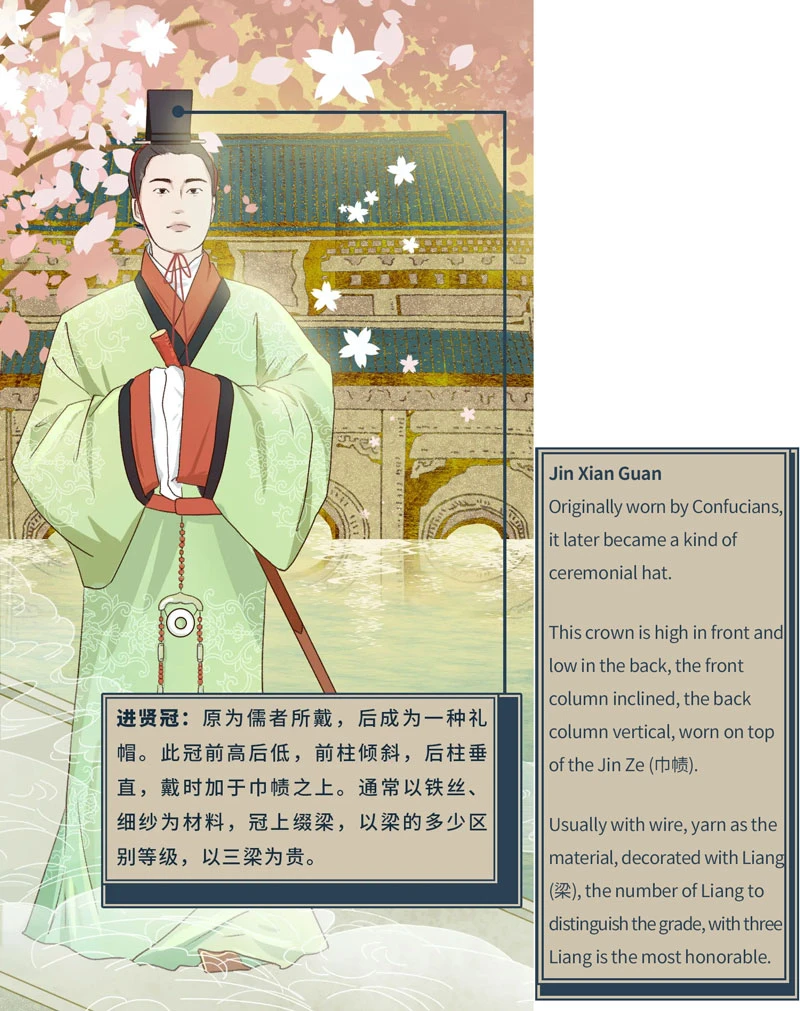
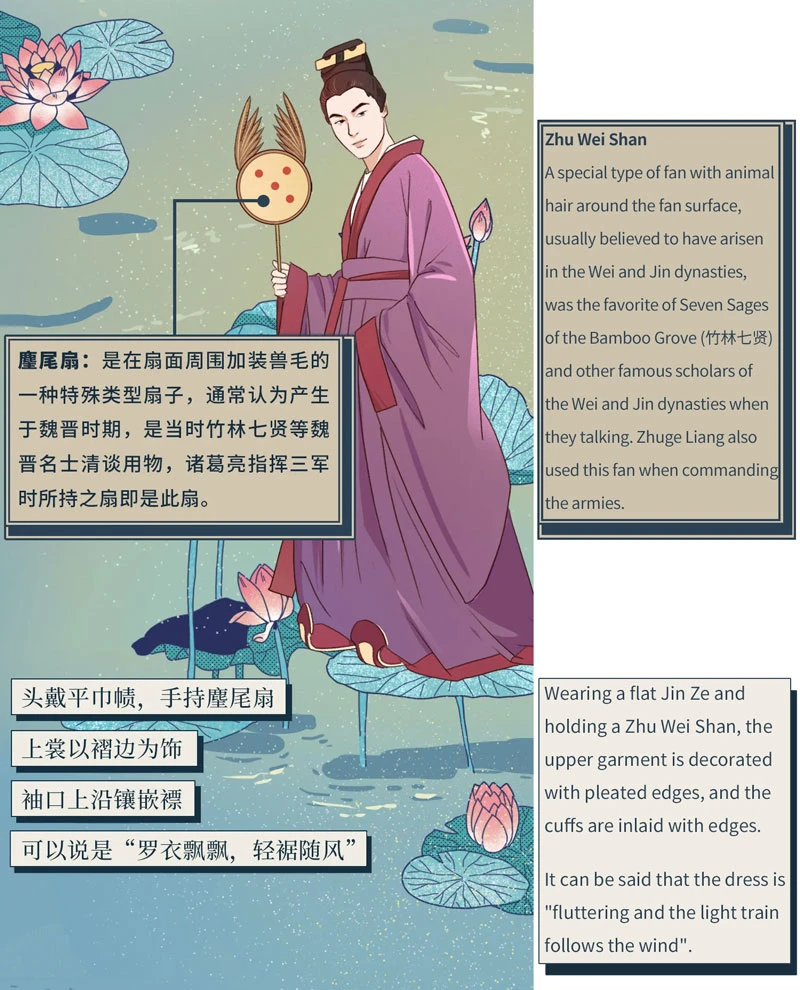
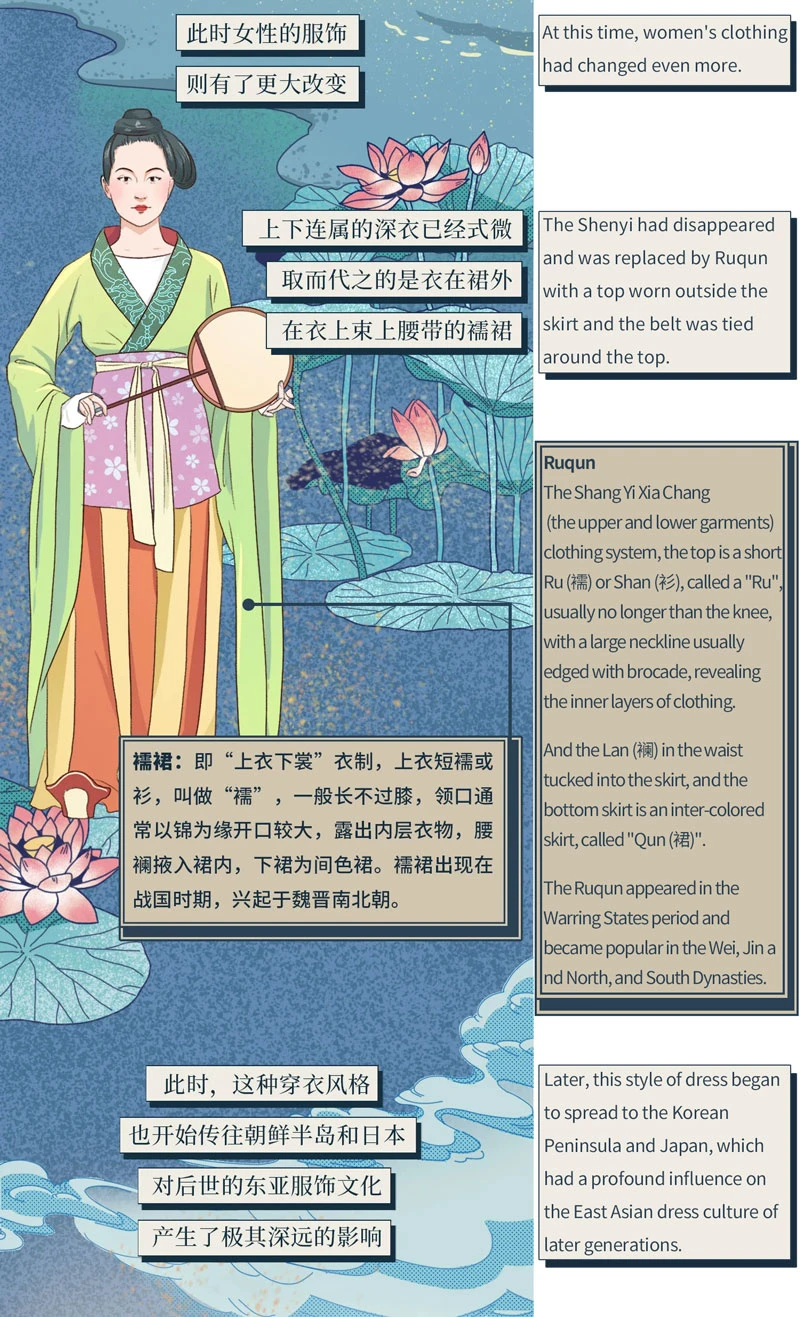
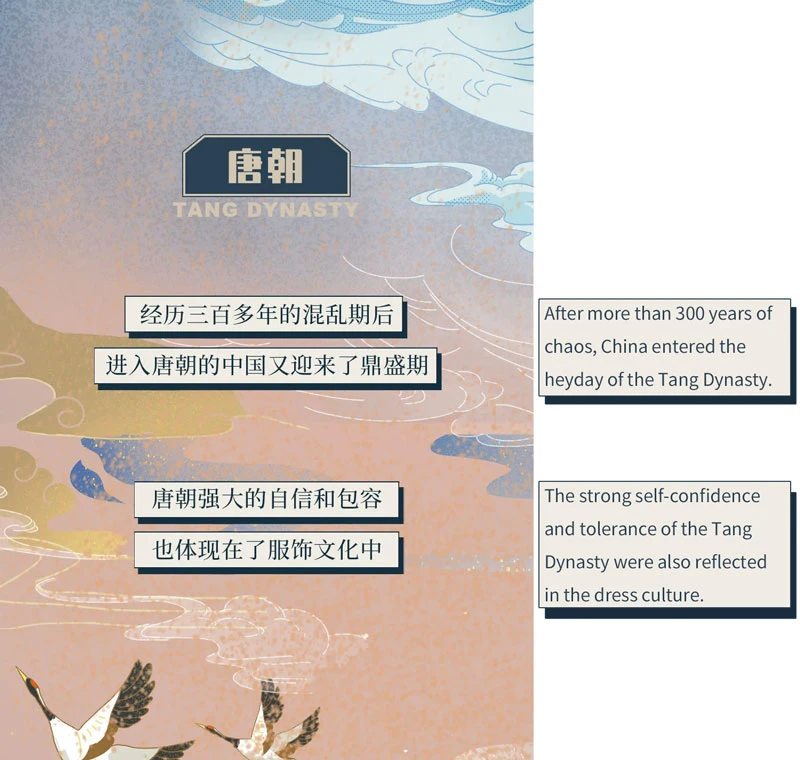
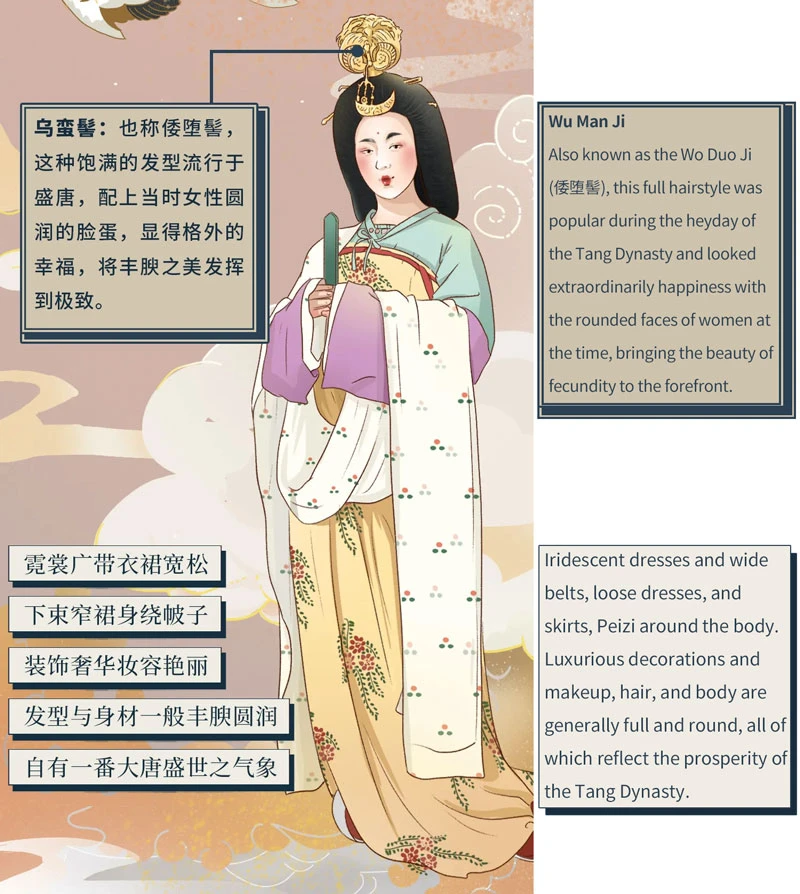
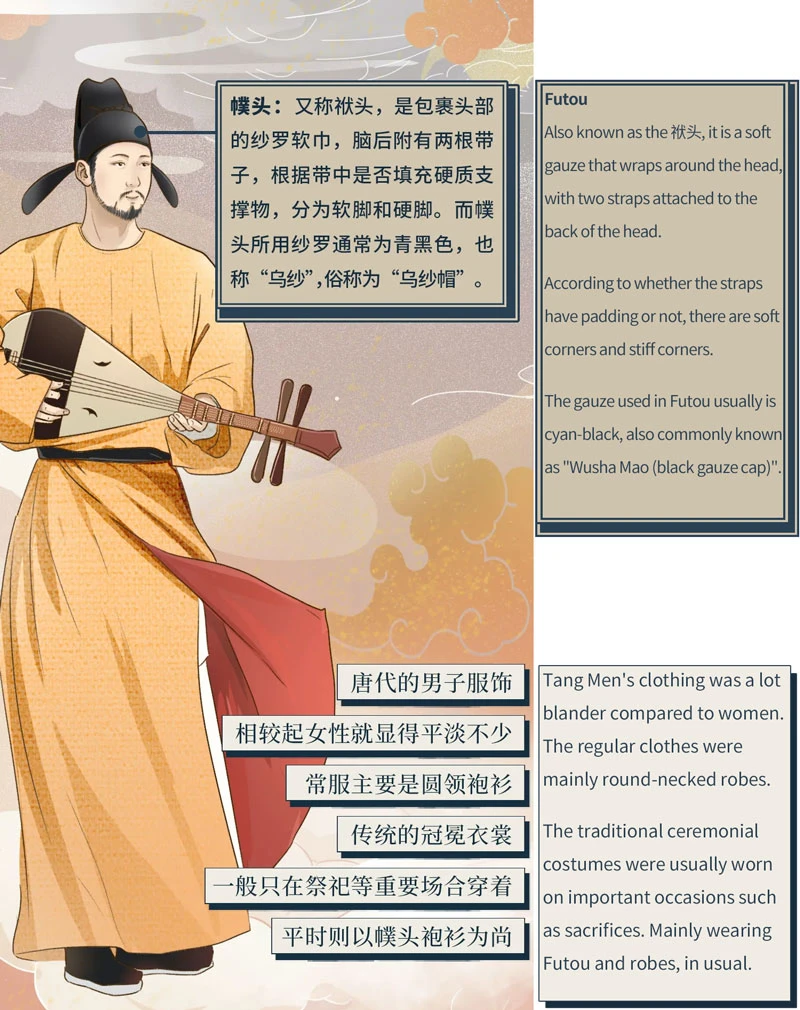
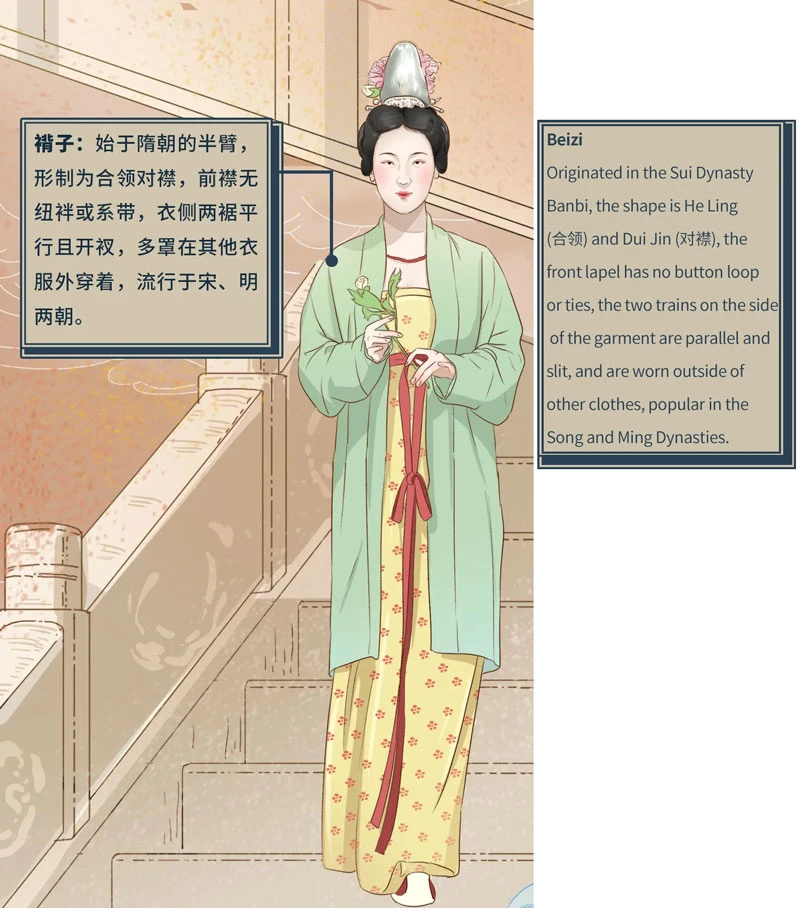
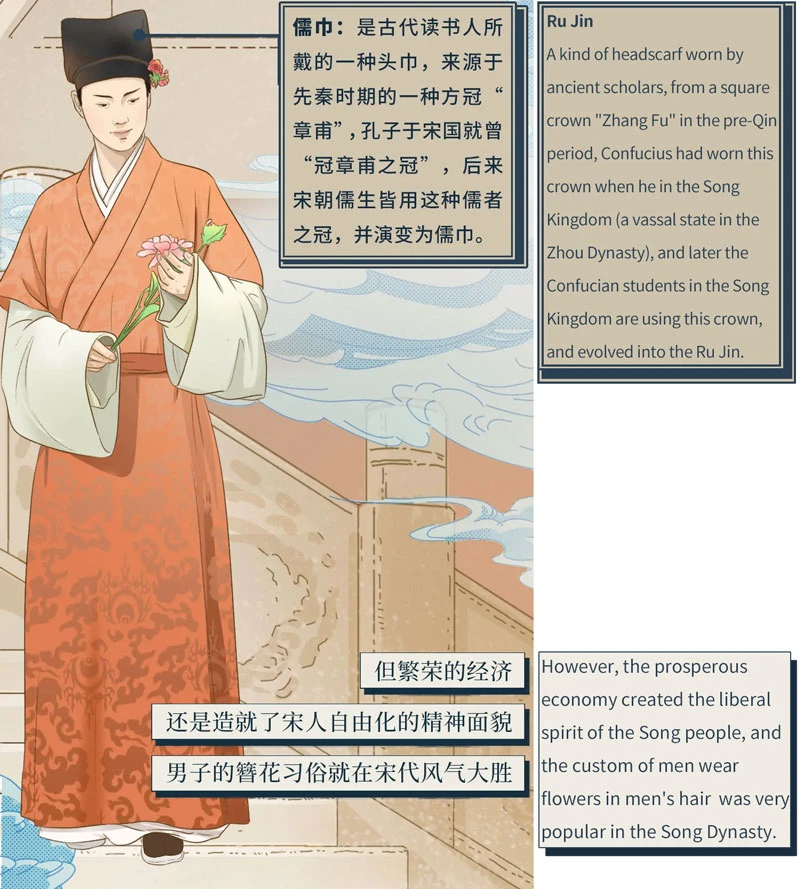
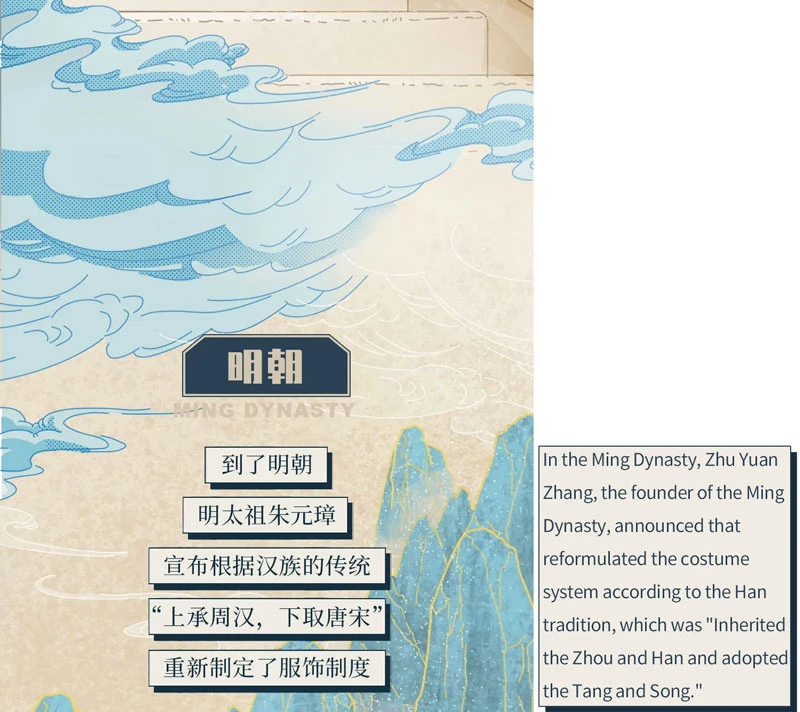
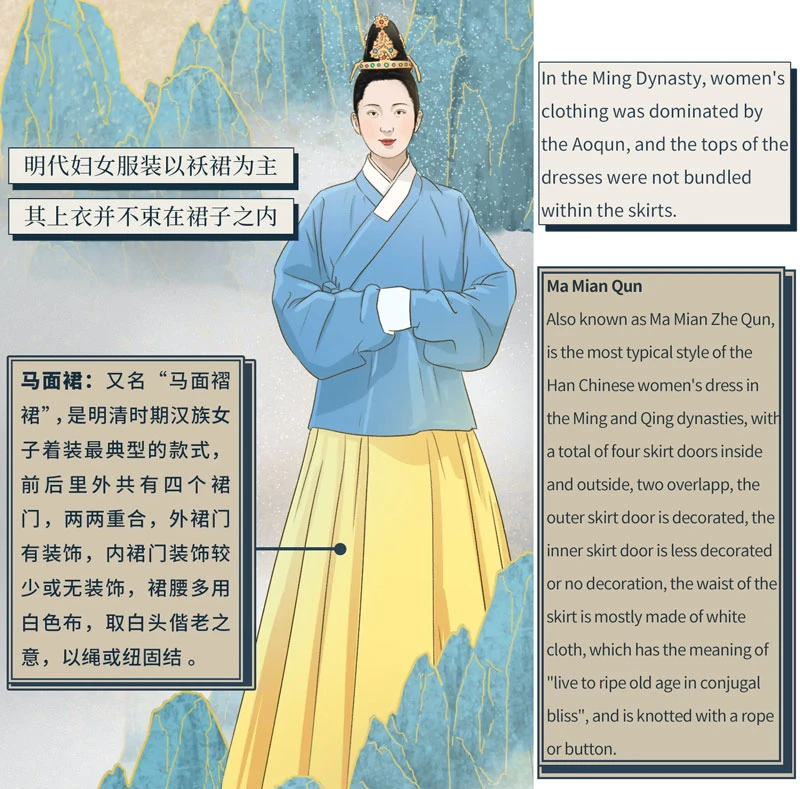
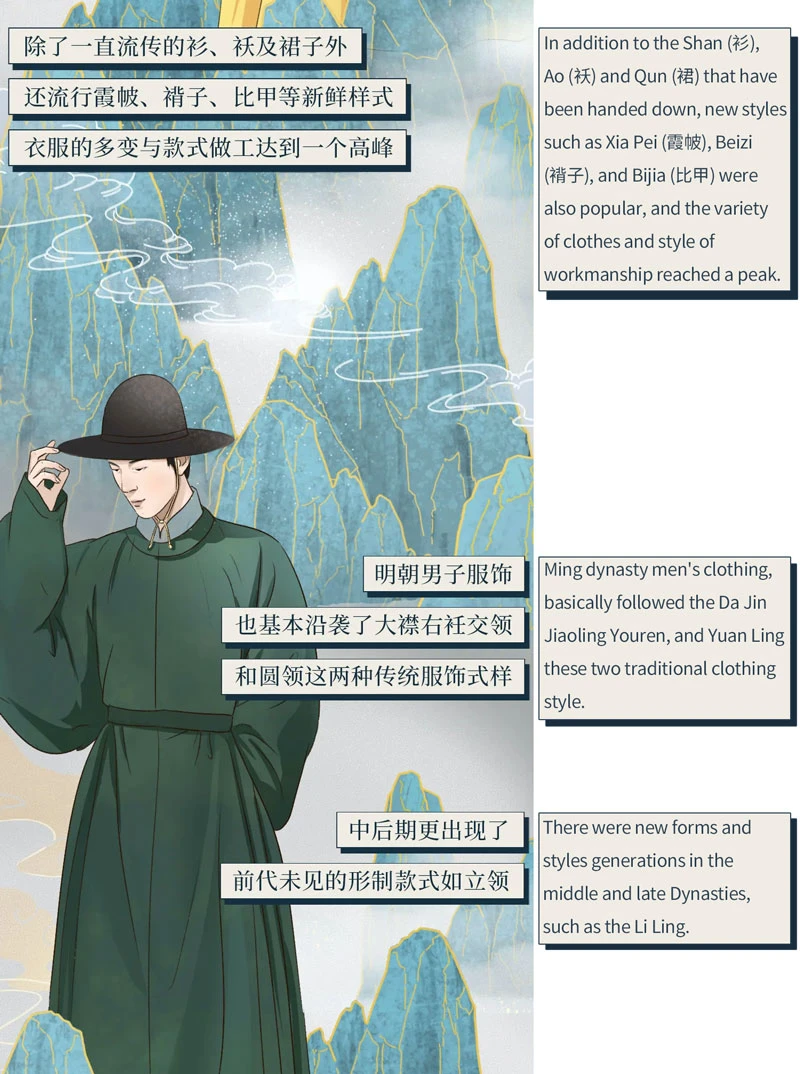
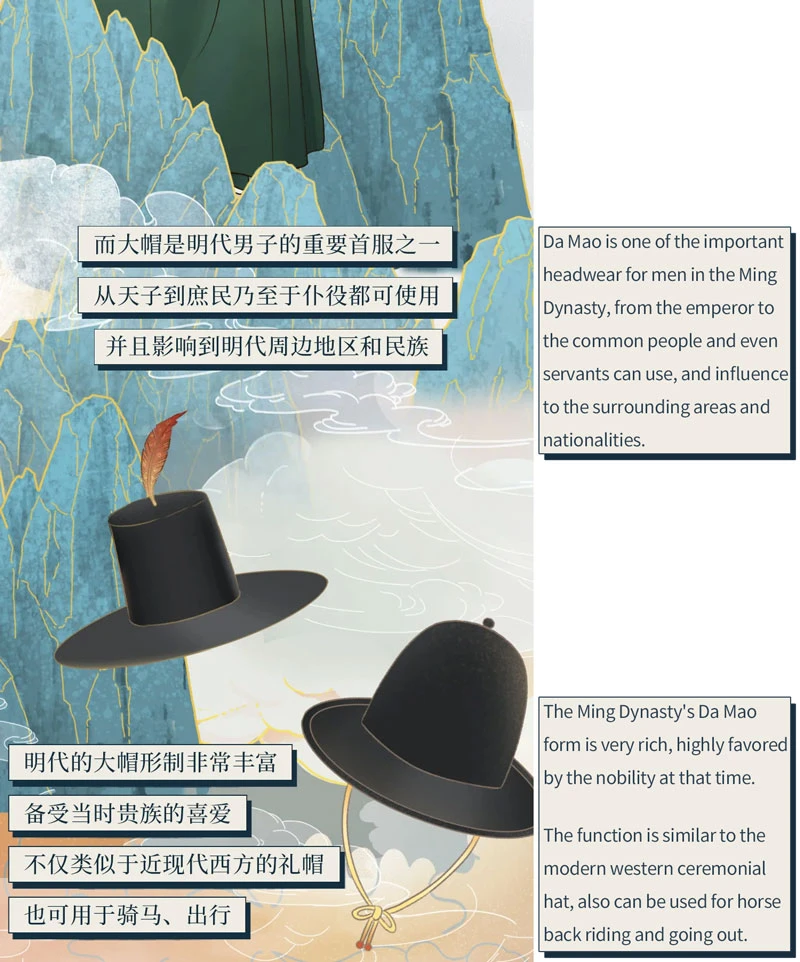
Pre Qin Period
China, one of the oldest civilizations in the world, has created a gorgeous dress culture as early as the Neolithic period.
During the Spring, Autumn, and Warring States Periods, Chinese traditional clothing entered a stage of evolution Li (礼, ritual) was the rule, costume consciousness and the same structure as heaven and earth contain a profound Chinese philosophy.
The complete He Dang Ku (合裆裤) already existed in the Western Zhou period.
At this time, the main styles of clothing were the Mian Fu Zhi (冕服制) with the upper and lower garments, the one-piece Shen Yi Zhi (深衣制), and the Bian Fu Zhi (弁服制).
The aristocratic ladies would also cut the back of their long dresses short, to reveal a floor-length skirt, creates a graceful and slender look.
San Huang Zhu Yu Pei (三璜组玉佩)
Jade pendant group, also known as a iscellaneous jade pendant, that is a combination of multiple different types of pendant interspersed with jade.
During the Warring States period, it was popular for the nobles to wear Shenyi that were attached to the top and bottom, which was the coat at that time.
Costume excavated from Ma Shan No.1 Chu Tomb
The three-dimensional construction cutting method was also adopted at that time, the front hem was designed in an "入" shape to facilitate walking.
Zhu Bian Mian (竹便面)
The shape is Ban Gui Xing (半规形), as a single door, a kind of fan to cover the face in ancient time. When meeting people they do not want to see, the ancients would use this to cover their faces to avoid embarrassment.
And at this time, the scholar class often wears a Pi Guan (皮冠) on the head, wearing a Quju long robe with wide sleeves Shenyi, waist tied a sword. Demonstrate the culture of revering martial arts.
Qiao Tou Xie (翘头鞋)
Curved toe is an important feature of ancient Chinese footwear. The upturned toe could block the hem of a long garment to prevent tripping while walking, and was also used as a ceremonial shoe in rituals and morning assemblies.
As the foundation period of Chinese traditional clothing, the demand for dress in the pre-Qin period gradually changed from daily to ceremonial, and from plain to more and more gorgeous. Various bright colors were sought by wearers.
Qin and Han Dynasties
After the Qin Dynasty unified the country, the nobles and commoners began to revere black.
Qin Dynasty noblewomen, often wearing Zhiju robes, with a luxurious wide belt and belt hook in the waist, makeup light and solemn.
After the Han Dynasty the dress form basically followed the Qin Dynasty, with robe as the typical dress style, and divided into Quju and Zhiju. Only in the color and heraldic use of slight differences.
Quju (曲裾)
The back piece of the Quju bodice is joined long to form a triangle, passing through the back and then wrapping around to the front bodice.
Han clothing initially did not have crotch-length pants, and the multiple protections of the Quju were more appropriate. Therefore, the Quju Shenyi was popular from thepre-Qin to Han dynasties before the invention of the Ku (袴).
Zhiju (直裾)
The lower part of the hem of the Zhiju is cut vertically, with the bodice extending to the side or back of the body. With the improvement of underwear, the once prevalent Quju was gradually replaced by the Zhiju after the Eastern Han Dynasty, becoming the main mode of Shenyi.
The Han Dynasty established the Guan Fu system with the Guan (冠, crown) and Mao (帽, cap) as the most important feature.
At this time, from marquises to ordinary officials, are wearing Jin Xian Guan with obvious folded corners and Liang.
Jin Xian Guan (进贤冠)
Originally worn by Confucians, it later became a kind of ceremonial hat. This crown is high in front and low in the back, the front column inclined, the back
column vertical, worn on top of the Jin Ze (巾帻). Usually with wire, yarn as the material, decorated with Liang (梁), the number of Liang to distinguish the grade, with three Liang is the most honorable.
The Han Dynasty was the period of completion of Chinese traditional clothing, and its strong economic, political, cultural, and military influence shaped an unprecedentedly prosperous country, and also deeply imprinted the word "汉" on a nation.
Therefore, the traditional Han costume is named "汉服 (Hanfu)"
Wei, Jin, North and South Dynasties
During the period of Wei, Jin, and North and South Dynasties, influenced by the cultural climate, noblemen were more in pursuit of beauty, paid more attention to dashing resses.
Zhu Wei Shan (麈尾扇)
A special type of fan with animal hair around the fan surface, usually believed to have arisen in the Wei and Jin dynasties, was the favorite of Seven Sages of the Bamboo Grove (竹林七贤) and other famous scholars of the Wei and Jin dynasties when they talking. Zhuge Liang also used this fan when commanding the armies.
Wearing a flat Jin Ze and holding a Zhu Wei Shan, the upper garment is decorated with pleated edges, and the cuffs are inlaid with edges. It can be said that the dress is "fluttering and the light train follows the wind".
At this time, women's clothing had changed even more.
The Shenyi had disappeared and was replaced by Ruqun with a top worn outside the skirt and the belt was tied around the top.
Ruqun (襦裙)
The Shang Yi Xia Chang (the upper and lower garments) clothing system, the top is a short Ru (襦) or Shan (衫), called a "Ru", usually no longer than the knee, with a large neckline usually edged with brocade, revealing the inner layers of clothing. And the Lan (襕) in the waist tucked into the skirt, and the bottom skirt is an inter-colored skirt, called "Qun (裙)". The Ruqun appeared in the Warring States period and became popular in the Wei, Jin and North, and South Dynasties.
Later, this style of dress began to spread to the Korean Peninsula and Japan, which had a profound influence on the East Asian dress culture of later generations.
Tang Dynasty
After more than 300 years of chaos, China entered the heyday of the Tang Dynasty.
The strong self-confidence and tolerance of the Tang Dynasty were also reflected in the dress culture.
Wu Man Ji (乌蛮髻)
Also known as the Wo Duo Ji (倭堕髻), this full hairstyle was popular during the heyday of the Tang Dynasty and looked extraordinarily happiness with the rounded faces of women at the time, bringing the beauty of fecundity to the forefront.
Iridescent dresses and wide belts, loose dresses, and skirts, Peizi (帔子) around the body. Luxurious decorations and makeup, hair, and body are generally full and round, all of which reflect the prosperity of the Tang Dynasty.
Futou (幞头)
Also known as the 袱头, it is a soft gauze that wraps around the head, with two straps attached to the back of the head. According to whether the straps have padding or not, there are soft corners and stiff corners. The gauze used in Futou usually is cyan-black, also commonly known as "Wusha Mao (black gauze cap)".
Tang Men's clothing was a lot blander compared to women. The regular clothes were mainly round-necked robes.
The traditional ceremonial costumes were usually worn on important occasions such as sacrifices. Mainly wearing Futou and robes, in usual.
Song Dynasty
In the Song Dynasty, the literature flourished led to the gradual restraint of the dress culture, changing the magnificent beauty of the Tang Dynasty, gradually becoming simple and restrained, and women's clothing to thin, slender, and clear as the beauty.
Beizi (褙子)
Originated in the Sui Dynasty Banbi (半臂), the shape is He Ling (合领) and Dui Jin (对襟), the front lapel has no button loop or ties, the two trains on the side of the garment are parallel and slit, and are worn outside of other clothes, popular in the Song and Ming Dynasties.
Ru Jin (襦巾)
A kind of headscarf worn by ancient scholars, from a square crown "Zhang Fu" in the pre-Qin period, Confucius had worn this crown when he in the Song Kingdom (a vassal state in the Zhou Dynasty), and later the Confucian students in the Song Kingdom are using this crown, and evolved into the Ru Jin.
However, the prosperous economy created the liberal spirit of the Song people, and the custom of men wear flowers in men's hair was very popular in the Song Dynasty.
Ming Dynasty
In the Ming Dynasty, Zhu Yuanzhang, the founder of the Ming Dynasty, announced that reformulated the costume system according to the Han tradition, which was "inherited from the Zhou and Han dynasties and adopted from the Tang and Song dynasties".
In the Ming Dynasty, women's clothing was dominated by the Aoqun (袄裙), and the tops of the dresses were not bundled within the skirts.
Ma Mian Qun (马面裙)
Also known as Ma Mian Zhe Qun, is the most typical style of the Han Chinese women's dress in the Ming and Qing dynasties, with a total of four skirt doors inside and outside, two overlapp, the outer skirt door is decorated, the inner skirt door is less decorated or no decoration, the waist of the skirt is mostly made of white cloth, which has the meaning of "live to ripe old age in conjugal bliss", and is knotted with a rope or button.
In addition to the Shan (衫), Ao (袄) and Qun (裙) that have been handed down, new styles such as Xia Pei (霞帔), Beizi, and Bijia (比甲) were also popular, and the variety of clothes and style of workmanship reached a peak.
Ming dynasty men's clothing, basically followed the Da Jin (大襟, big lapel) Jiaoling Youren (交领右衽, the left lapel covers the right lapel), and Yuan Ling (圆领, round collar) these two traditional clothing style.
There were forms and styles not seen in previous generations in the middle and late Dynasties, such as the Li Ling (立领, standing collar).
Da Mao (大帽) is one of the important headwear for men in Ming Dynasty, from the emperor to the common people and even servants can use, and influence to the surrounding areas and nationalities.
The Ming Dynasty's Da Mao form is very rich, highly favored by the nobility at that time. The function is not only similar to the modern western ceremonial hat, but also can be used for horseback riding and going out.
Because the Da Mao was regarded highly, it was also often used as Ci Fu (赐服), to reward the surrounding tribes and vassal states.
More about Chiense Hanfu you may like:
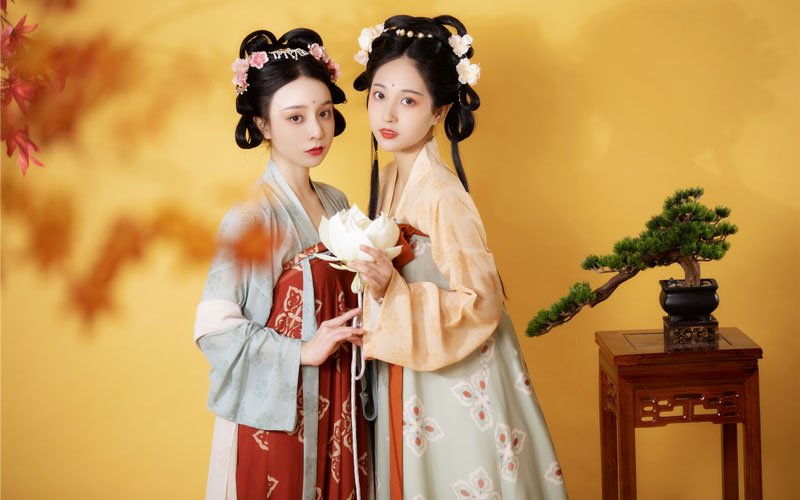
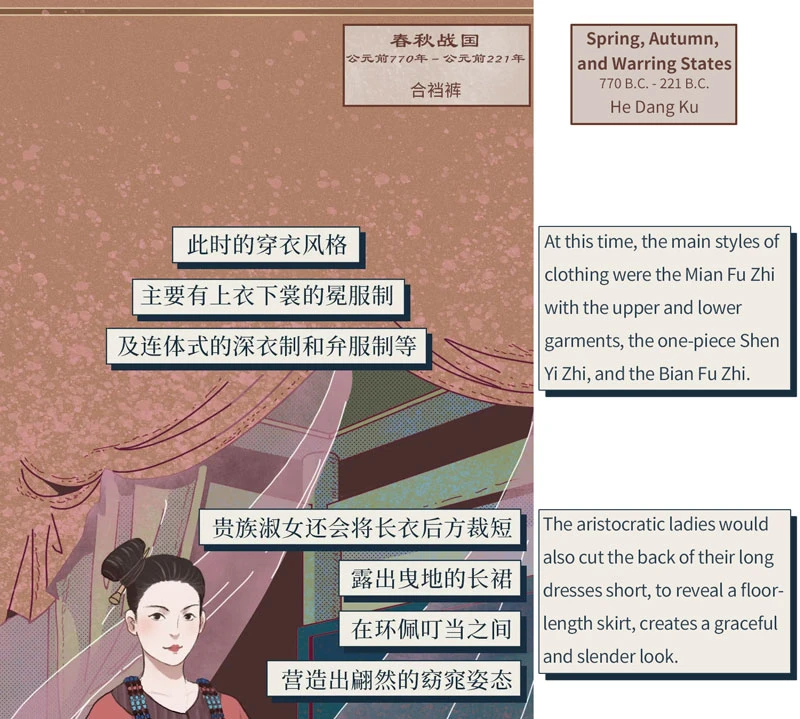
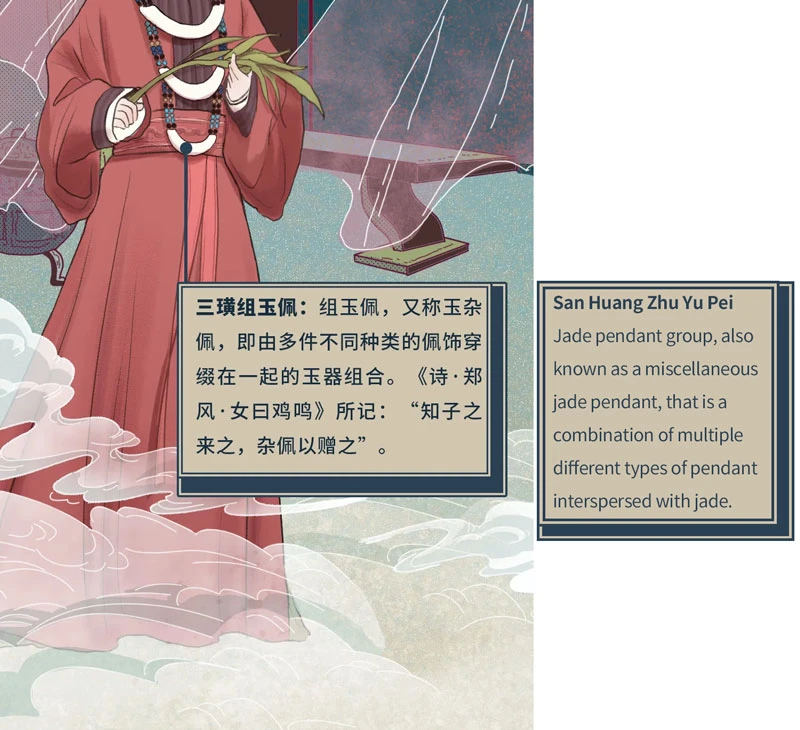
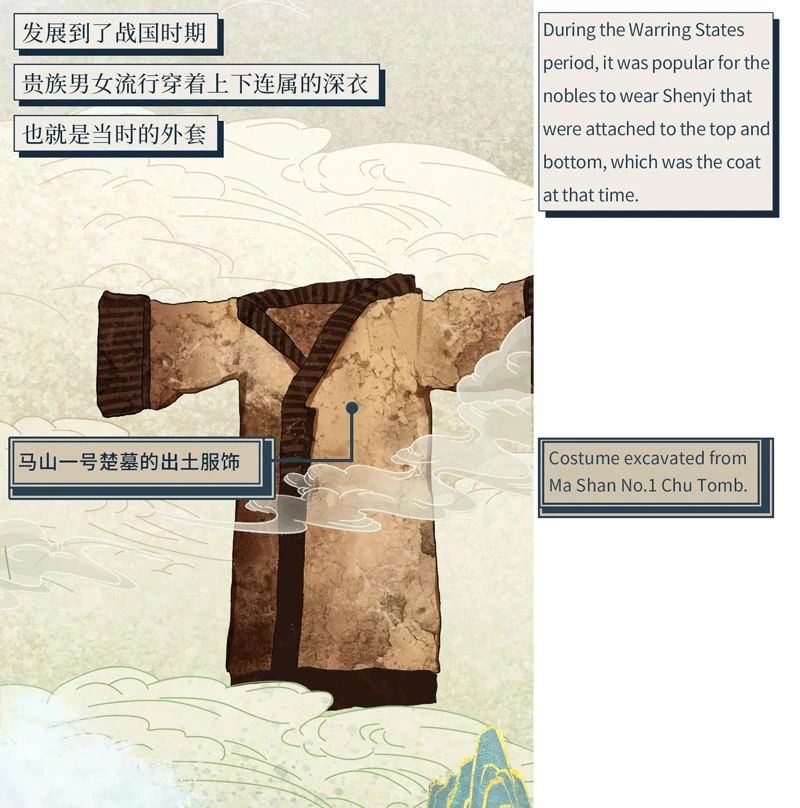
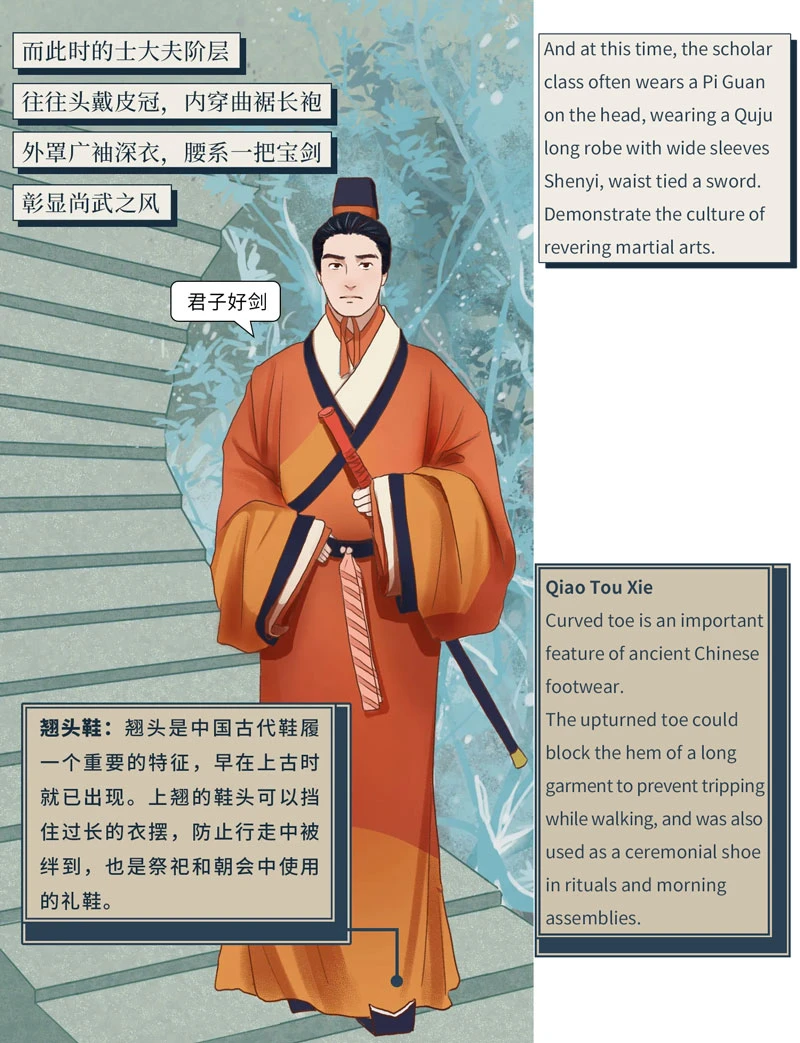
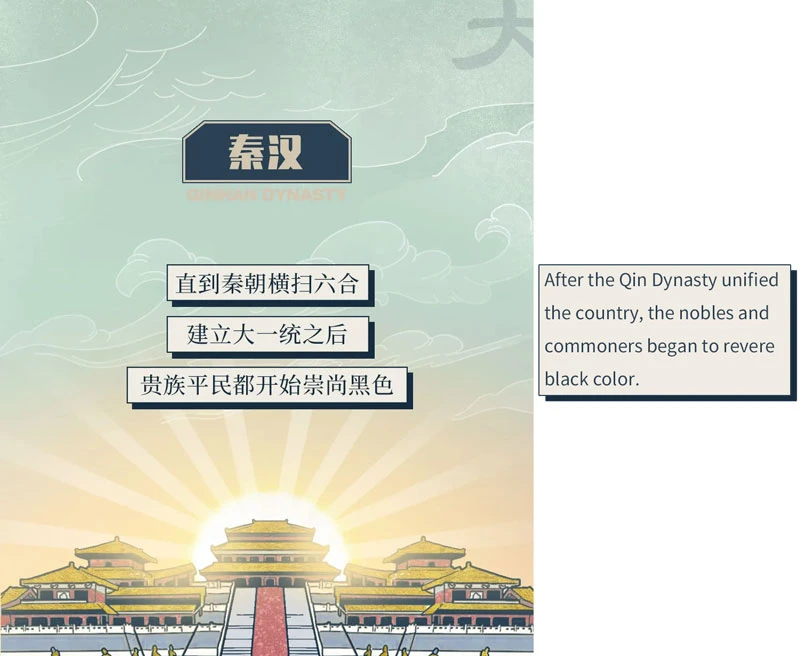
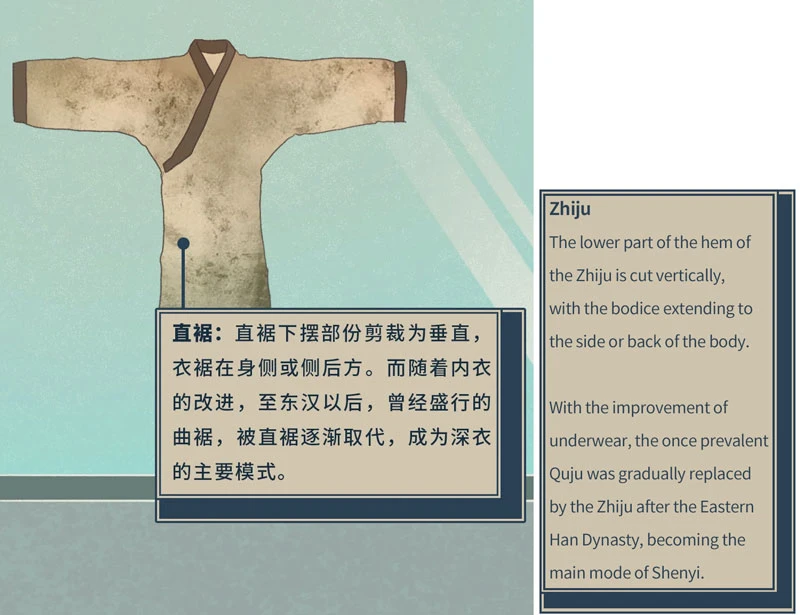
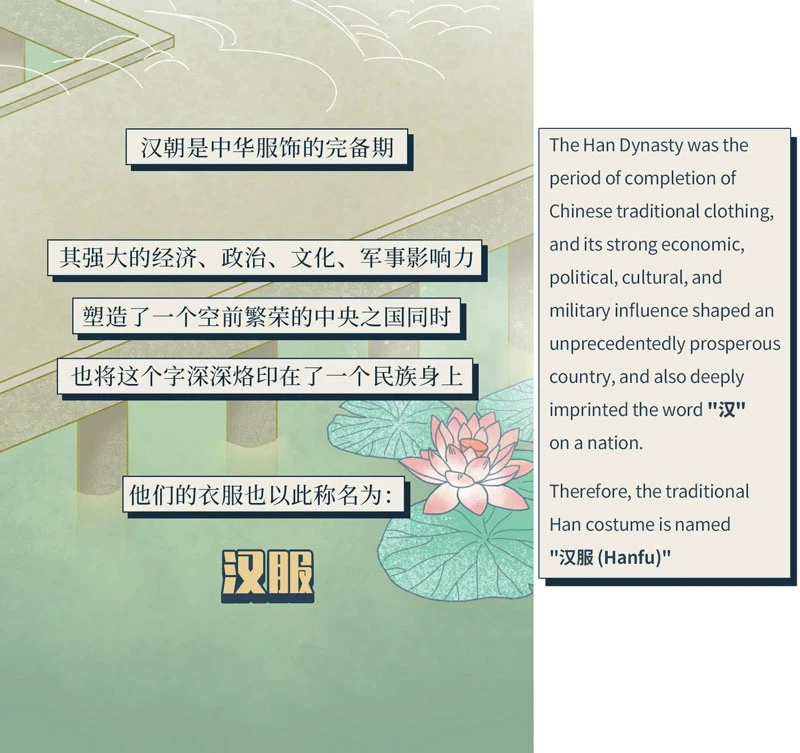
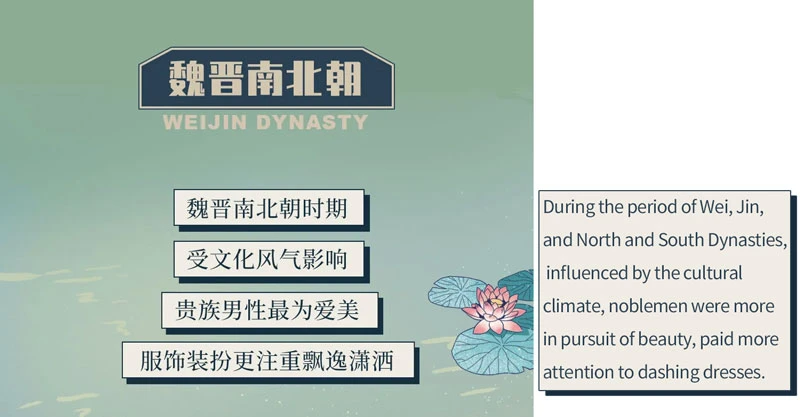
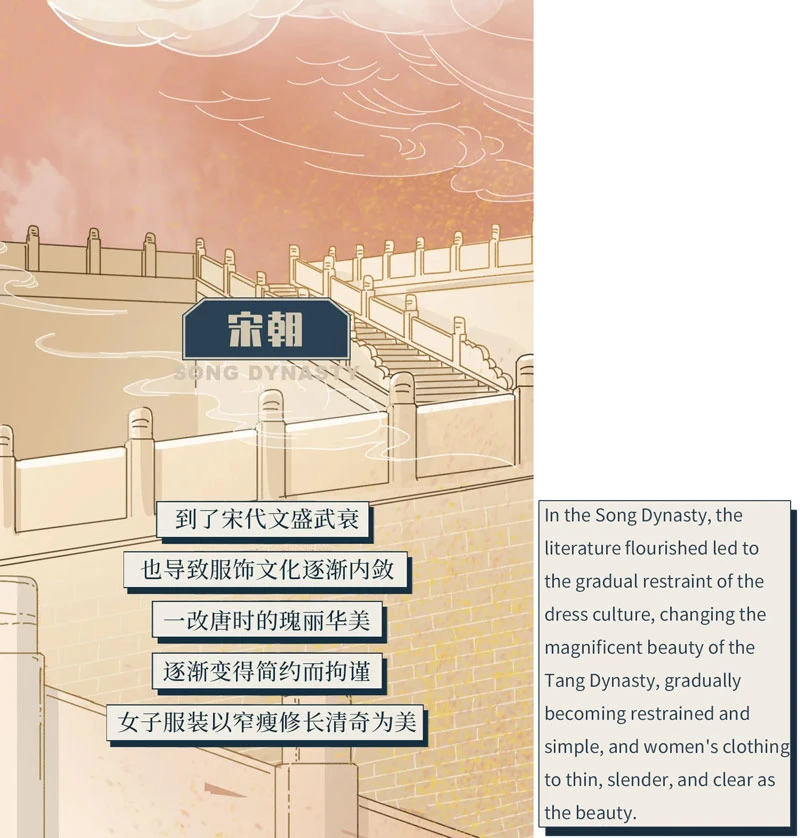
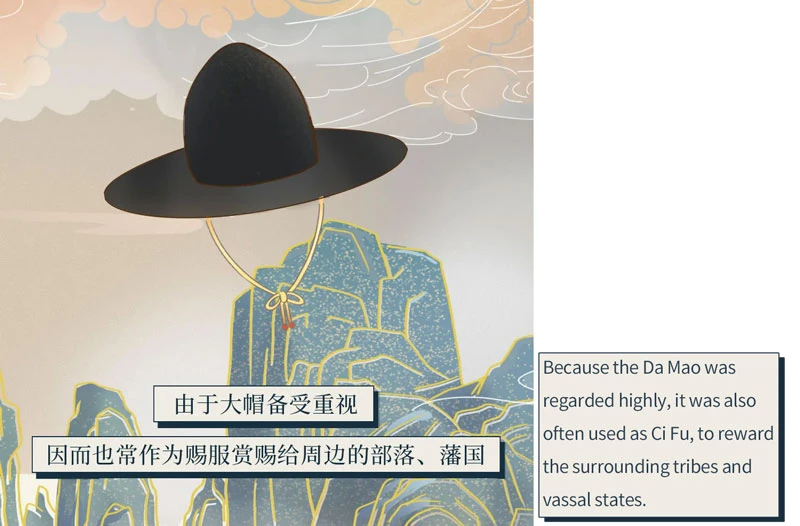
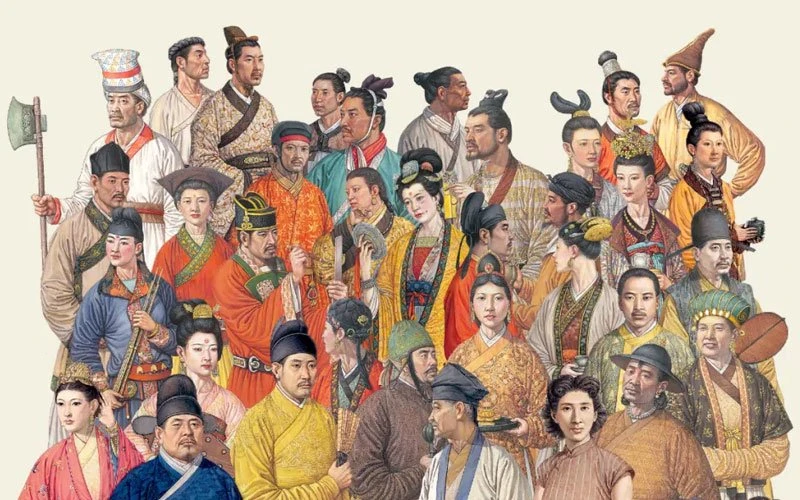

Will there there be a 2nd part? About Qing maybe?
Thank you!
I love this! So detailed, so fun!
China memang negara yang maju sejak jaman dulu
Oh, this is wonderful. History in a storybook with pictures! Love it. 👍😍😎
I like this article format👍